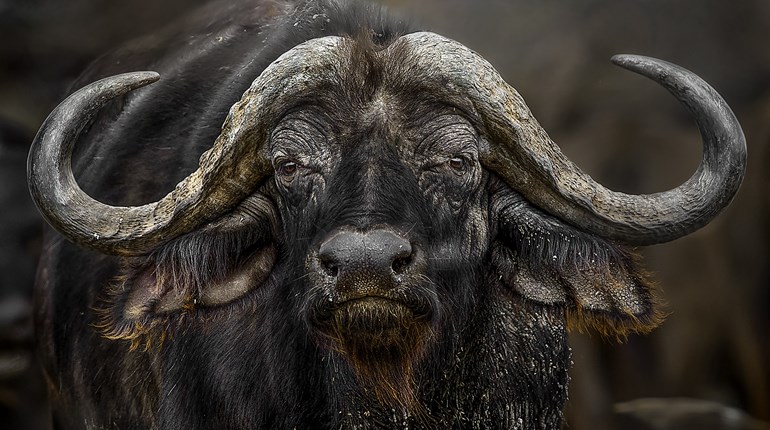
Too few today don’t know that the American Revolution only officially began on July 4, 1776, as by that time the “shot heard round the world” had been fired over a year before. British attempts to grab an arms depot at Concord, Mass., in April 1775 led to open revolt by the Colonists. So right from the beginning soon-to-be Americans were fighting for their gun rights, as the Redcoats were coming for the Colonial militia’s flintlocks.
“If school kids were just taught that the ‘shot heard round the world’ was fired through an American-forged and rifled barrel they might know a damn thing about American ingenuity and how we really won our freedom. That way they might just have a clue what our freedom is all about,” says Phil Schreier, senior curator for the NRA’s National Firearms Museum, as we walked through the museum.
“From the beginning,” said Schreier, “handheld guns led to individual liberty. When this translates to an armed society it tends to lead to a freer people. Trace the history of the gun and you’ll find out how European feudalism was finally ended. They don’t teach that fundamental part of history in grade school, do they?”
Schreier pointed to a display of American flintlock rifles and said, “If you looked down the muzzle of that flintlock rifle you’d see groves. That’s rifling, as you well know, and the rifling groves in this gun were cut by hand by a New England gunsmith in the early 1770s.”
He then explained that, sure schoolchildren learn that Paul Revere and others sounded the alarm and that Colonial militiamen mobilized to confront the column of Redcoats. They are even taught that an initial confrontation on the Lexington town green started the fight that led to a British retreat from a large force of Americans at Concord. “However,” Schreier said, “one small but pretty important fact few learn about that battle is the Colonists actually had more advanced arms than the British troops.
“What those young minds aren’t taught is that some of the Americans had rifles, whereas the British had Brown Besses—smoothbore muskets. The Americans’ rifles could hit a man-sized target at 200 and perhaps 300 yards, whereas the Brown Bess was only accurate to maybe 75 yards. And those New Englanders were hunters. They needed to kill squirrels and rabbits to eat, so they’d learned to be marksmen. They used these skills and their rifle’s technology by lying behind rocks and trees and shooting the Redcoats dead long before the British got close enough to use their .75-caliber smoothbore muskets.”
Schreier pointed to an older flintlock made in Germany and said that although barrel rifling is thought to have been invented in Augsburg, Germany, at the end of the 15th century, American gun makers improved on previous designs by making the American Longrifle (what later became known as the “Kentucky rifle.”). By looking at the German rifle and the American Longrifle there is no doubt that the American Longrifle is quite a bit longer. By looking at features and designs of 17th- and 18th-century flintlocks, gun historians today can tell where each rifle was likely made. Like schools of art, different regions of the Colonies used various stock designs and other features.
Even though the American rifles were more accurate, the British preferred the smoothbore Brown Bess because it lobbed a big bullet and because it was faster to load than a muzzleloader with a long, rifled barrel—you had to twist a bullet down a rifled barrel and that took time. Redcoats were geared for close-quarter engagements between masses of troops. But the Americans at Concord didn’t fight that way. They used their rifles to fire before the Redcoats could get close enough to take advantage of the firepower from their less-accurate muskets.
There were downsides to American Longrifles. They were comparably expensive to make and their production rate was slow, as small-arms makers produced them one at a time. So though Gen. George Washington made significant use of snipers, most American revolutionaries were later armed with smoothbore muskets—many of them made in France.
“Nevertheless,” Schreier said, “small, private rifle makers in the Colonies made it possible for the war to begin on good footing for the Colonists. This helped to get the public behind the revolution and, as a lot of British officers who were targeted during the war found out, it damn well helped American troops throughout the war.”
Thus began a long and lovely relationship between American citizens, American gun makers and the U.S. military. A relationship that is still ongoing, a relationship that keeps us free, a relationship some are trying to end. If they succeed, our freedom will follow, as real freedom is linked to the gun in ways that many don’t comprehend, as the media so rarely tells this American story.
This is just the beginning of why we fight for gun rights, but knowing our history gives context and appreciation. Knowing such things gives the sound of gunshots being fired at the range a happy charm, like fireworks popping in the sky in celebration of our freedom.

































